As a BetterHelp affiliate, we receive compensation from BetterHelp if you purchase products or services through the links provided
Anxiety tics can be intriguing, but they are often misconstrued. These unintentional movements or sounds are not merely routine behaviors; they are a complex physical reaction to stress and anxiety. In this blog post, we will delve into the causes, symptoms, and management techniques for anxiety tics.
Here’s what you’ll learn:
- A clear definition of anxiety tics and their distinction from other types of tics.
- Insights into the underlying causes of these tics.
- The typical symptoms to be aware of.
- Effective methods to manage and alleviate anxiety tics.
Whether you’re personally experiencing anxiety tics or supporting someone who is, this post is designed to shed light and offer practical advice on this intricate topic. Let’s navigate through this together.
What Are Anxiety Tics?
Anxiety tics are involuntary, repetitive movements or sounds that occur as a physical response to stress or anxiety. Unlike tics associated with neurological disorders like Tourette syndrome, anxiety tics are directly related to heightened emotional states and tend to manifest during periods of increased stress or anxiety. They can vary widely in form, ranging from blinking or throat clearing to more noticeable movements or vocalizations. Essentially, they are the body’s way of coping with and releasing pent-up emotional tension.
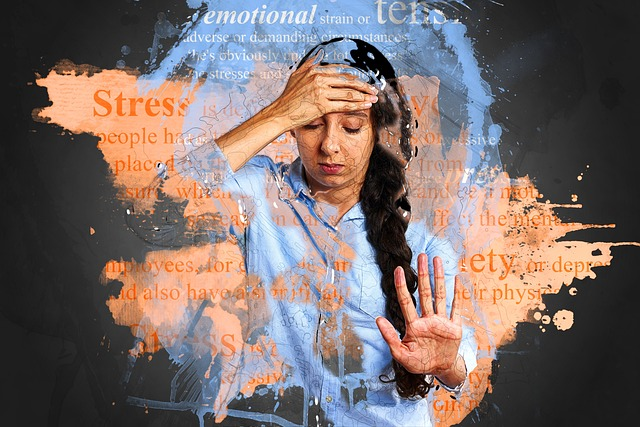
Defining Anxiety Tics
Anxiety is a complex and often overwhelming emotional state that can manifest in various ways. One such manifestation is anxiety tics, which are involuntary movements or sounds that individuals may exhibit when feeling anxious or stressed.
How Do Anxiety Tics Occur?
Anxiety tics are involuntary, repetitive, and often subtle physical or vocal behaviors that can manifest as a response to anxiety or heightened stress. These tics may include actions like throat clearing, finger tapping, hair twirling, or vocal sounds such as grunting or throat clearing. They typically occur unconsciously and may intensify during periods of increased anxiety.
Also Read: 3 Herbal Ways to Calm Down: Natural Remedies for Stress and Anxiety
Differentiating Between Tics And Other Anxiety-Related Symptoms
While anxiety tics are one-way anxiety can manifest, they differ from other symptoms in several key aspects.
- Tics vs. Nervous Habits:
Tics are involuntary, sudden, and repetitive movements or sounds that an individual has limited control over. In contrast, nervous habits are often voluntary, intentional actions or behaviors that individuals engage in consciously as a way to cope with anxiety. Nail-biting, hair-twirling, or foot-tapping can be considered nervous habits.
- Tics vs. Panic Attacks:
Tics are typically physical or vocal movements that may occur more frequently during heightened anxiety but are distinct from panic attacks. Panic attacks involve intense and sudden episodes of overwhelming fear or dread, often accompanied by physical symptoms such as increased heart rate, shortness of breath, and chest pain.
- Tics vs. Generalized Anxiety Symptoms:
Generalized anxiety disorder (GAD) is a common anxiety disorder characterized by excessive worry and heightened anxiety across various aspects of life. While individuals with GAD may experience physical symptoms like uncontrollable muscle movements, restlessness, and fatigue, these symptoms are typically not classified as tics.
- Tics vs. Obsessive-Compulsive Disorder (OCD):
Tics, such as repetitive throat clearing or eye blinking, can sometimes resemble compulsions in OCD. However, OCD compulsions are typically ritualistic behaviors performed to alleviate the distress caused by obsessions, whereas tics may be less related to specific thoughts and obsessions.
- Tics vs. Social Anxiety Symptoms:
Social anxiety disorder can lead to physical symptoms like blushing, trembling, or stuttering in social situations, which may resemble tics. However, these anxiety-related physical responses in social anxiety are often a reaction to the fear of judgment, while tics are more repetitive and less context-dependent.
 Types Of Anxiety Tics
Types Of Anxiety Tics
Anxiety, with its intricate nature, often expresses itself through different types of tics, acting as physical or vocal outlets for stress and discomfort. These tics are broadly categorized into two main types: motor tics and vocal tics.
- Motor Tics: These involve involuntary physical movements and are quite common in individuals experiencing anxiety. Simple motor tics include actions like eye blinking, facial grimacing, or head jerking. On the other hand, complex motor tics might involve a series of movements, such as repetitive gesturing or more coordinated patterns that appear purposeful but are involuntary.
- Vocal Tics: Vocal tics, on the other hand, are characterized by involuntary vocal expressions. Simple vocal tics encompass sounds like throat clearing, coughing, or grunting. Complex vocal tics could involve the production of words or phrases, although this is less common in anxiety-induced tics compared to neurological disorders like Tourette’s Syndrome.
The severity and frequency of these tics can widely vary, making it essential to understand their different forms. This knowledge is key in recognizing how anxiety impacts a person’s daily life and in seeking appropriate strategies for management and support.
The Range Of Motor And Vocal Tics
The range of motor and vocal tics associated with anxiety is diverse, reflecting the complexity of this condition. Motor tics include repetitive movements such as eye blinking, head jerking, facial grimacing, or foot tapping. Vocal tics manifest as involuntary sounds like throat clearing, coughing, or repetitive words or phrases. These tics can range from mild and subtle to more pronounced and disruptive, varying in severity from person to person. It’s essential to recognize the broad spectrum of motor or vocal tics associated with anxiety to provide appropriate support and interventions for individuals experiencing them.
Also Read: Understanding Heartbeat in Ear Anxiety: Causes and Management
Causes Of Anxiety Tics
Some common factors that contribute to the development of anxiety tics include stress and anxiety, genetics, neurological factors, environmental factors, co-occurring conditions, and coping mechanisms.
 Anxiety Disorders And Tics
Anxiety Disorders And Tics
Anxiety disorders and tics often go hand in hand, and the relationship between them can be intricate.
The Connection Between Anxiety Disorders And Tics
Individuals diagnosed with anxiety disorders, such as generalized anxiety disorder (GAD), social anxiety disorder, or obsessive-compulsive disorder (OCD), are more prone to experiencing anxiety tics as a symptom of their condition. These tics can serve as physical manifestations of the underlying anxiety, offering a visible expression of inner distress.
How Underlying Anxiety May Trigger Tics
Anxiety, when left unmanaged or untreated, can trigger a range of physical and psychological responses. Anxiety tics are often a result of the body’s way of coping with heightened stress. The nervous system can become overstimulated, developing nervous tics as a release valve for the excess tension. This relationship underscores the importance of addressing the root causes of anxiety to manage or alleviate anxiety tics.
 Stress And Environmental Factors
Stress And Environmental Factors
The Role Of Stress In Developing Anxiety Tics
High-stress levels can overload the body’s ability to cope, leading to tics as a response to excessive tension. Reducing stress through effective coping strategies and relaxation techniques can help manage anxiety tics.
Environmental Factors That Contribute To Tics
Environmental factors, such as exposure to triggering situations or traumatic experiences, can contribute to the development of anxiety tics. People may develop tics to cope with or adapt to difficult circumstances. Understanding these environmental triggers is crucial for identifying and managing anxiety tics effectively.
Also Read: Anxiety and Shortness of Breath: Causes, Symptoms, and Coping Strategies
Symptoms Of Anxiety Tics
Common symptoms of anxiety tics may include various motor and vocal manifestations. Motor tics can involve eye blinking, nose twitching, head jerking, or finger tapping. Vocal tics may be throat clearing, grunting, humming, or repetitive coughing. These behaviors are typically repetitive and involuntary and may intensify during periods of heightened anxiety.
How Tics Vary In Severity And Frequency
Some individuals may experience mild, occasional tics that have a minimal impact on daily life, while others may have more frequent or pronounced tics that can be disruptive. The variations in symptoms highlight the individual nature of anxiety tics.
Impact On Daily Life
Anxiety tics can impact daily life in various ways. In more severe cases, these tics may interfere with reading, writing, or even driving. They can also affect personal and professional relationships, causing discomfort or misunderstanding. Social interactions may become challenging, as others may not understand the involuntary nature of these tics.
Emotional And Social Implications Of Living With Tics
People with tics may feel self-conscious or embarrassed about their symptoms, which can lead to social anxiety and reduced self-esteem. The emotional toll of managing tics can be significant, highlighting the importance of understanding and addressing these symptoms to improve overall well-being.
Also Read: How Do You Differentiate Between Stress and an Anxiety Disorder?
 Managing Anxiety Tics
Managing Anxiety Tics
To manage or stop anxiety tic disorder, various treatment options can be considered depending on their severity and impact on an individual’s life. These may include behavioral therapies, counseling, and medical interventions. It’s essential to work with a healthcare professional to determine the most suitable approach for each person’s specific needs.
Medications, Therapies, And Lifestyle Changes
Medications such as antipsychotics or alpha-2 adrenergic agonists can be prescribed to help manage tics. Behavioral therapies like Cognitive-Behavioral Therapy (CBT) can assist in addressing the underlying anxiety and reducing tic symptoms. Additionally, making lifestyle changes that reduce stress, such as practicing relaxation techniques or mindfulness, can be beneficial in managing anxiety tics.
Coping Strategies
Individuals can benefit from developing stress-reduction techniques, practicing mindfulness, and creating a supportive environment. Identifying triggers and learning to manage them is essential. Regular exercise, adequate sleep, and a balanced diet can also improve tic management.
 The Importance Of Support Networks And Self-Care
The Importance Of Support Networks And Self-Care
A strong support network is invaluable for individuals dealing with anxiety tics. Friends, family, and support groups can provide understanding, encouragement, and a sense of belonging. Additionally, self-care is vital. Taking time for relaxation, pursuing hobbies, and ensuring physical and emotional well-being all play a crucial role in managing anxiety tics effectively.
Conclusion
Anxiety tics can present unique challenges, impacting both physical and emotional well-being. Understanding the symptoms, seeking appropriate treatment options, and implementing effective coping strategies are essential steps toward managing and improving the quality of life for individuals affected by anxiety-related tics. It’s crucial to remember that help is available, and no one has to face these challenges alone.
FAQs

What exactly are anxiety tics?
Anxiety tics are involuntary, repetitive movements or sounds that occur as a response to heightened anxiety or stress. They differ from other types of tics because they are directly linked to emotional stress rather than neurological conditions.
What causes anxiety tics to develop?
Anxiety tics are often triggered by extreme stress or anxiety. Factors like emotional trauma, chronic stress, or significant life changes can contribute to their development. It’s a way for the body to release pent-up emotional tension.
Are anxiety tics the same as nervous habits?
While they might seem similar, anxiety tics and nervous habits are different. Nervous habits are usually conscious behaviors like nail-biting, whereas anxiety tics are involuntary and not controlled by the individual.
Can children have anxiety tics?
Yes, children can develop anxiety tics, often as a response to stress or anxiety in their environment. It’s important to address these early with appropriate support and understanding.
How can I tell if someone has anxiety tics?
Look for repetitive, involuntary movements or sounds that seem to increase with stress or anxiety. These can include blinking, facial grimacing, throat clearing, or shoulder shrugging.
Are there treatments available for anxiety tics?
Yes, there are various treatment options, including therapy, stress management techniques, and sometimes medication. Consulting a healthcare professional is essential for a tailored treatment plan.
Can anxiety tics go away on their own?
In some cases, anxiety tics can diminish as stress levels decrease or as individuals develop more effective coping strategies. However, ongoing or severe tics often require professional intervention.
Is it important to see a doctor for anxiety tics?
Yes, consulting a doctor or mental health professional is advisable, especially if the tics are persistent, worsening, or affecting daily life. They can help diagnose the issue and provide appropriate treatment options.
Understanding anxiety tics is crucial for effective management and support. If you or someone you know is experiencing these symptoms, reaching out for professional help can be a significant step towards better mental health and well-being.
- Left Arm Pain and Anxiety: Understanding the Relationship - November 23, 2023
- Anxiety Paralysis: Coping with Overwhelming Stress - November 23, 2023
- Anxious vs. Nervous: Differentiating Emotions and Responses - November 15, 2023
This site contains affiliate links to products. We will receive a commission for purchases made through these links.


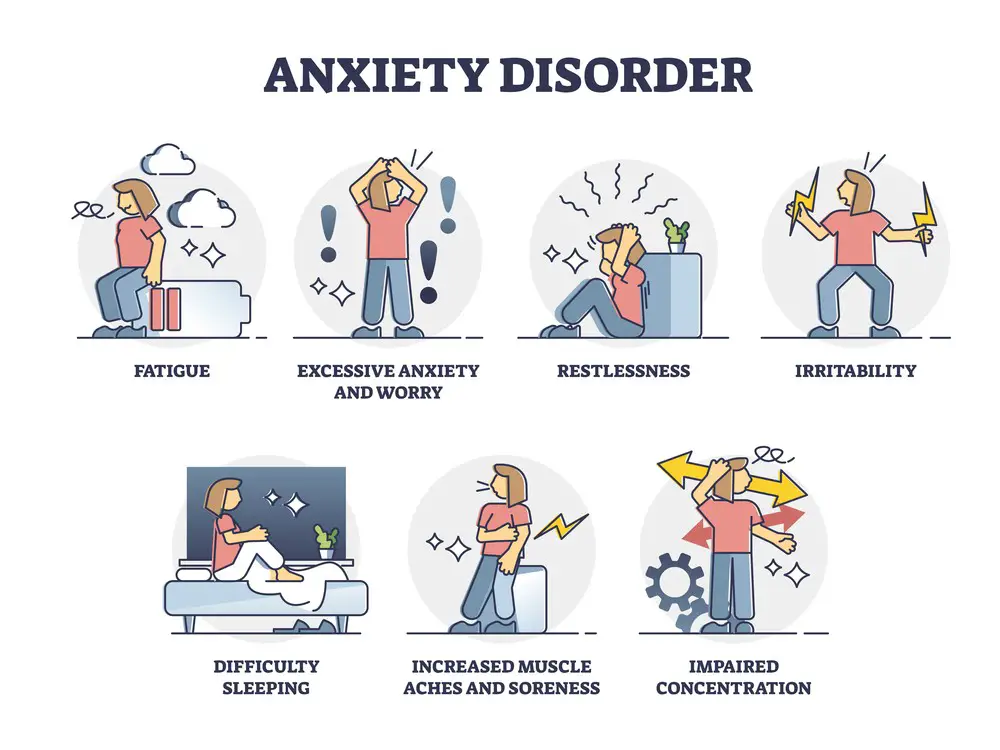 Types Of Anxiety Tics
Types Of Anxiety Tics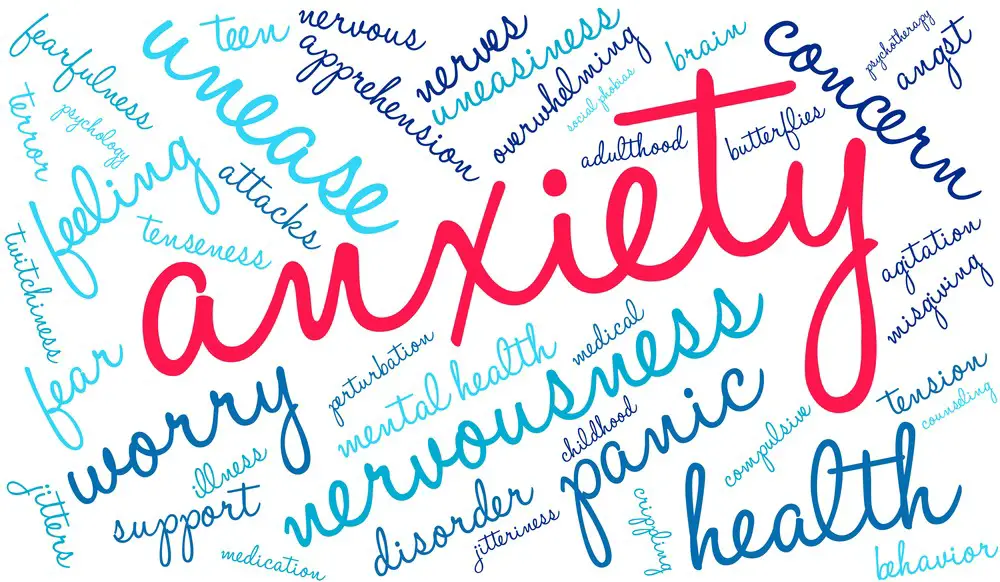 Anxiety Disorders And Tics
Anxiety Disorders And Tics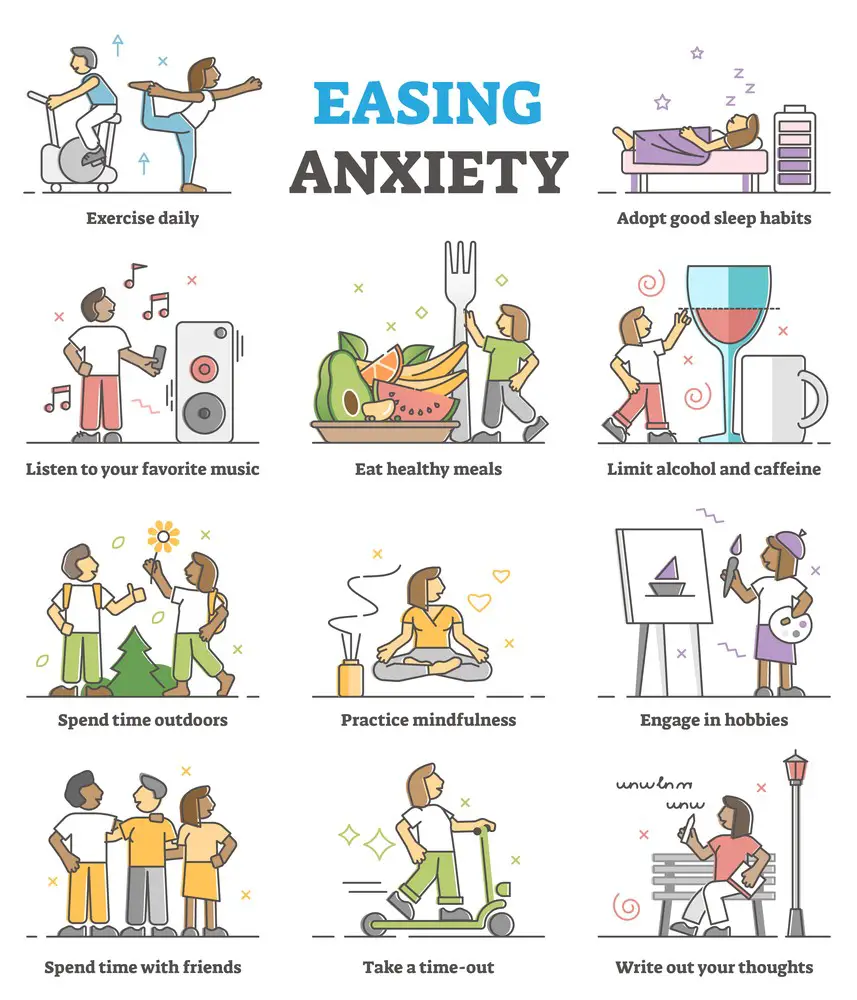 Stress And Environmental Factors
Stress And Environmental Factors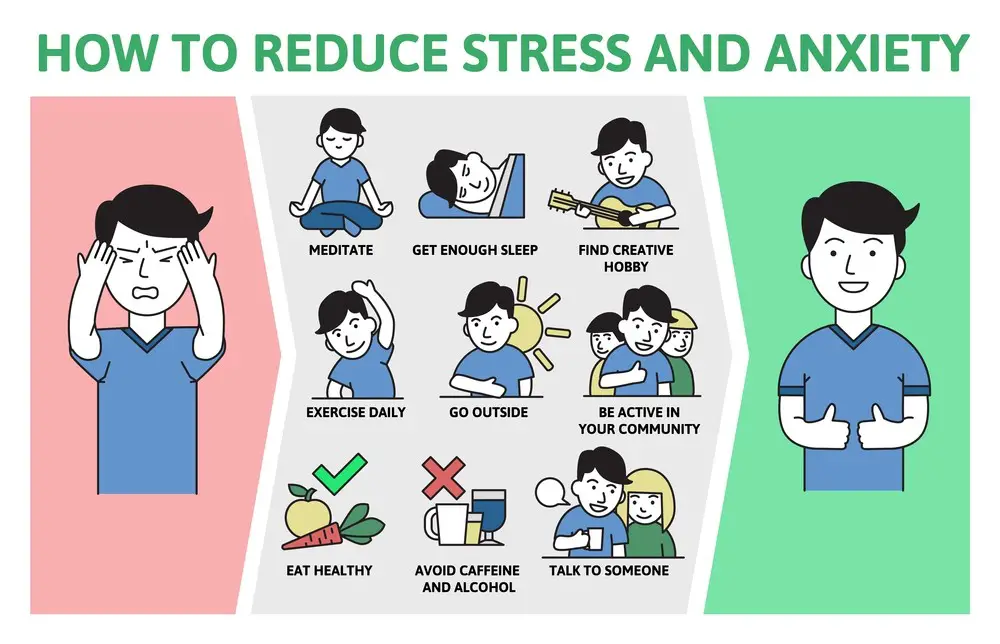 Managing Anxiety Tics
Managing Anxiety Tics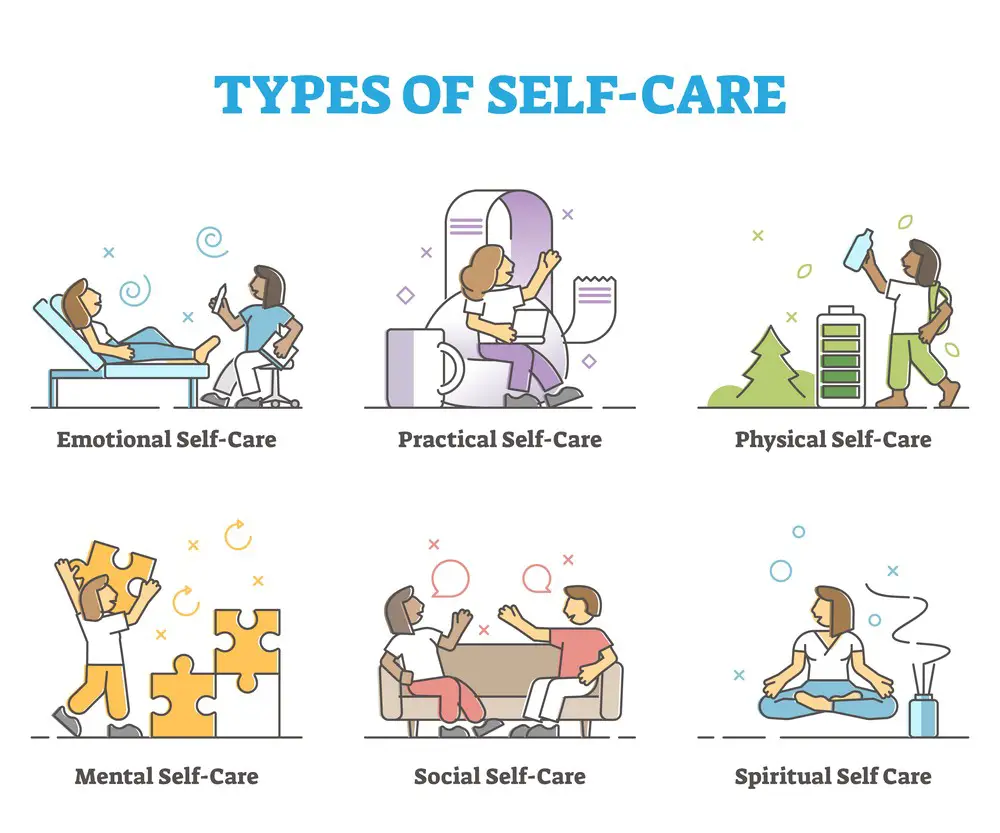 The Importance Of Support Networks And Self-Care
The Importance Of Support Networks And Self-Care

